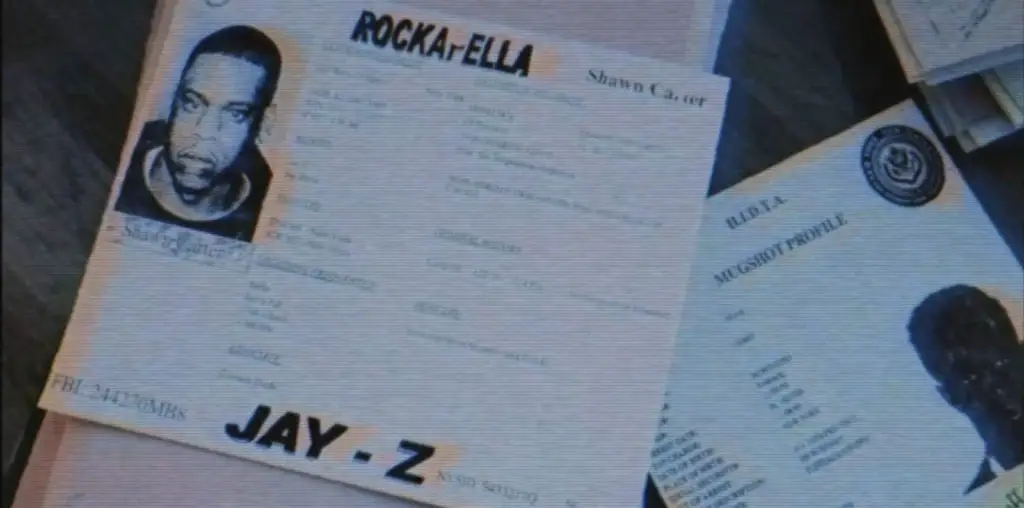
When you think of Abu Ghraib, the U.S. run prison set up to house those deemed a threat during the U.S. insurgence in Iraq, what do you think of? O.K., perhaps I’m being a little coy as mere mention of Abu Ghraib automatically conjures images of grotesque horrors like torture, humiliation and death apparently perpetrated by low ranking American soldiers assigned to guard the prison. While Abu Ghraib isn’t exactly new ground for documentaries, Errol Morris has taken a different approach. His is a more in-depth look at the prison via those pesky photos and, more importantly, at what “really” happened to the detainees as well as the fine upstanding soldiers who were depicted in the released photos. Not only does “Standard Operating Procedure” look closely at visual evidence and it’s true meaning, it also strives to question the validity of any given photo and, digging deeper still, the meta meaning of a photographic image.
Throughout the run of Morris’s engaging blog in the “New York Times,” Morris has begged the question: “is seeing really believing?” While it can become headache inducing to peel back layer upon layer of exhumed evidence in Morris’s examples, it’s still fascinating stuff. In current interviews on the film, Morris contends that while the photos of prisoner abuse that were unearthed do show inappropriate behavior, some of the more twisted and gross tactics used are actually standard operating procedure. Plus, they hardly begin to scratch the surface of what was “really” being shown, what was being left out and what lead up to the photo or took place after it was snapped. To judge a person and their actions as we all judged the soldiers and their acts in the aforementioned photos, shouldn’t all the facts be examined? Morris thinks so and having viewed “Standard Operating Procedure,” I side with him in many ways. In short, a photo is only showing exactly what occurred in that moment in time. No lead up, no cause, no effect and that’s just one aspect Morris delves into in this intelligent and frightening film. Quite frankly “Standard Operating Procedure” is the scariest movie I’ve seen since “Jesus Camp.” In fact I’d go so far as to say this is a thinking person’s torture-porn movie.
Think about it. We as viewers already know something about the torture and abuse of the Abu Ghraib prisoners much as we know that many of the characters in a torture-porn film are going to get stuck in a very uncomfortable and hopefully gory situation. So when we go into “Standard Operating Procedure” or any other torture driven film, in many cases we become accomplices to the acts onscreen because we know what’s going to happen but want to see it for ourselves. There’s that darned “seeing is believing” trope again. But in “Standard Operating Procedure” it’s almost more nefarious than Id pleasing gore as Morris stages several re-enactments in which the camera takes the point of view of the torturer. You/We become the torturer and it’s more frightening than some Eli Roth flick because these events really happened. Yet rather than wallow in the freakish, terrifying house of horrors that really existed and that many modern horror films would have us remain in, I feel Morris is aiming at a different intent, albeit an ambiguous one.
Since most mainstream documentaries take a clearly leftist view of things, I liked the fact Morris wasn’t trying to cram his opinion down our throats. In his other films he’s done just that (“Thin Blue Line”) or gave his subjects enough rope to hang themselves and lead us to his point of view (“Mr. Death,” “The Fog of War”). Of course I’m not objecting to Morris’s points of view in those cases, I’m just pointing out an agenda. In “Standard Operating Procedure” the agenda is simply, lets look really, really, really closely at these photos. Let’s talk to these people. Let’s see what was going on and then we’ll look again at the photos. Maybe then we can begin to decipher what happened, why it happened and our place as a society in the whole thing. From there the viewer has to decide if he or she dares to dwell on what happened and judging by the box office performance of docs and fiction films made on Iraq, that’s not something anyone is willing to do.

